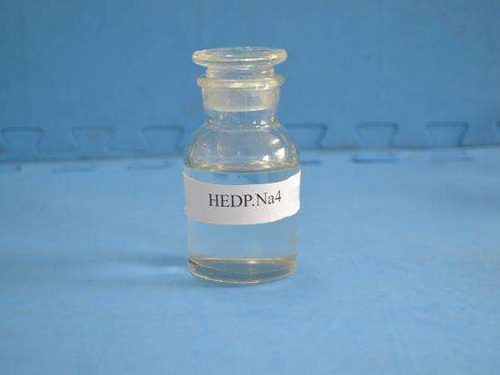Synthesis and Applications of Polyhydric Alcohol Phosphate Esters in Modern Chemistry
Polyhydric Alcohol Phosphate Esters An Overview
Polyhydric alcohol phosphate esters represent a unique class of chemical compounds that have garnered significant attention in various fields, including biochemistry, materials science, and pharmaceuticals. These compounds are characterized by their complex molecular structures, which typically include multiple hydroxyl groups and phosphate ester groups. This unique configuration imparts distinctive properties, making polyhydric alcohol phosphate esters valuable for a multitude of applications.
Chemical Structure and Properties
At the core of polyhydric alcohol phosphate esters is the polyhydric alcohol, which is a compound that contains several hydroxyl (-OH) groups. Common examples of polyhydric alcohols include glycerol, sorbitol, and mannitol. When these alcohols react with phosphoric acid or its derivatives, phosphate esters are formed. The introduction of phosphate groups not only enhances the solubility of the compounds in water but also introduces new functional properties, such as surfactant and emulsifying abilities.
The chemical structure of polyhydric alcohol phosphate esters allows them to form micelles in aqueous solutions, which can encapsulate and transport hydrophobic compounds. This property is particularly useful in drug delivery systems, where the efficient transport of therapeutic agents can significantly improve their bioavailability and efficacy.
Applications in Pharmaceutical Sciences
One of the most promising applications of polyhydric alcohol phosphate esters is in the field of pharmaceuticals. Their surfactant properties facilitate the formulation of various drug delivery systems, including nanoparticles and liposomes. These drug carriers can improve the solubility of poorly water-soluble drugs, enhancing their absorption in the gastrointestinal tract.
Additionally, these compounds can be utilized in the design of targeted drug delivery systems. By conjugating therapeutic agents with specific polyhydric alcohol phosphate esters, researchers can create carriers that selectively release their payloads in response to certain stimuli, such as pH changes or the presence of specific enzymes. This targeted approach minimizes side effects and maximizes therapeutic efficacy.
polyhydric alcohol phosphate ester

Role in Material Science
In material science, polyhydric alcohol phosphate esters are being explored for their potential in creating novel polymeric materials. They can be employed as plasticizers, enhancing the flexibility and durability of polymers. Furthermore, their inherent amphiphilic nature contributes to the development of hybrid materials that exhibit superior properties, combining the best features of both organic and inorganic components.
The use of these esters can also lead to materials with better resistance to heat and corrosion, which is invaluable in applications ranging from packaging to automotive industries. The ability to engineer materials at the molecular level opens up new avenues for innovation and sustainability in material development.
Biological Significance
Beyond their industrial applications, polyhydric alcohol phosphate esters also play vital roles in biological systems. For instance, they are involved in metabolic pathways and are significant in the context of cellular signaling. Phospholipids, which are similar in structure to phosphate esters, are crucial components of cell membranes, influencing membrane fluidity and permeability.
Moreover, the biocompatibility of these substances makes them ideal candidates for biomedical applications, such as wound healing and tissue engineering. Their ability to interact with biological systems without eliciting adverse reactions positions them as promising materials in regenerative medicine.
Conclusion
In summary, polyhydric alcohol phosphate esters are a fascinating class of compounds with diverse applications across pharmaceuticals, material science, and biology. Their unique properties make them efficient tools for enhancing drug delivery, creating advanced materials, and supporting crucial biological functions. As research continues to unveil their potential, polyhydric alcohol phosphate esters are likely to play an increasingly important role in innovation and technology across multiple industries.
-
Pbtc Scale InhibitorPBTC: A Scale Protector for Industrial Water TreatmentNewsAug.05,2025
-
Organic Phosphonate: An Efficient Defender in the Field of Scale InhibitionNewsAug.05,2025
-
Hydrolyzed Polymaleic Anhydride: Green Pioneer in Scale Inhibition FieldNewsAug.05,2025
-
PAPEMP Polyamino Polyether Methylene Phosphonic Acid For SaleNewsAug.05,2025
-
Flocculant Water Treatment: A Pioneer in Purification in the Field of Water TreatmentNewsAug.05,2025
-
Benzyl Isothiazolinone: An Efficient and Broad-Spectrum Antibacterial Protective GuardNewsAug.05,2025





